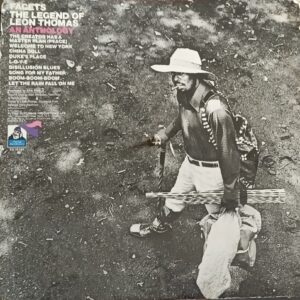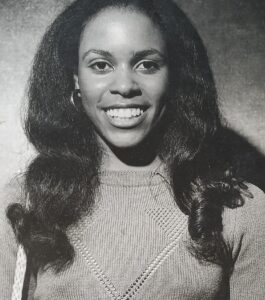With a curated selection of images from the SSCAC archives, Artist Catalyst Cecil McDonal Jr., and Public Art Manager, Dorian Sylvain invite you to participate in an art making activity intended to encourage conversation about community. Prompts exploring community heroes, language, and culture will guide each participant’s project.
The workshop will be held Wednesday, March 30th at 5PM CST via Zoom.
A toolkit including reproductions from the archives and additional art materials is included in registration. Toolkits can be picked up on Saturday, March 26 from 12PM to 4PM.
ZOOM REGISTRATION: https://us06web.zoom.us/webinar/register/WN_Vzl6UUAtSPq0GaNPKDN9wA


Cecil McDonald Jr. most interested in the intersections of masculinity, familial relations, and the artistic and intellectual pursuits of black culture, particular as this culture intersects with and informs the larger culture. Through photography, video, and dance/performance, he seeks to investigate and question the norms and customs that govern our understanding of each other, families, and the myriad of societal struggles and triumphs. He studied fashion, house music and dance club culture before receiving a MFA in Photography at Columbia College Chicago, where he currently serves as an adjunct professor and a teaching artist at the Center for Community Arts Partnership at Columbia College Chicago.
Cecil has exhibited both nationally and internationally, with works in the permanent collection of The Cleveland Museum of Art, Chicago Bank of America LaSalle Collection, and Museum of Contemporary Photography. His awards include: Joyce Foundation Midwest Voices & Visions Award, the Artadia Award, The Swiss Benevolent Society, Lucerne, Switzerland Residency and the 3Arts Teaching Artist Award. He participated in Light Work’s Artist-in-Residence program in July 2013. In 2016 the first edition of his monograph In The Company of Black was published and was shortlisted by the Aperture Foundation for the 2017 First PhotoBook Award.



